Ezom 1’s IV 40 mg lyophilized powder for solution for injection and inf.s sol.
$24.10
Description
The instruction for medical use of EZOM IV medicine the Trade name Ezy the IV International unlicensed name Esomeprazole Dosage Form Powder lyophilized for preparation of solutions for injections and infusions complete with the Structure solvent active agent – esomeprazole of sodium of 42.55 mg (it is equivalent to esomeprazole of 40.00 mg), excipients: Mannitolum, sodium chloride, water for injections. Solvent – sodium chloride of 0.9%. The description White or almost white hygroscopic powder Therapeutic group Antiulcerous drugs and drugs for treatment of a gastroesophageal reflux (GERD). Inhibitors of the protonew pump. Esomeprazole. The ATX A02BC05 code the Pharmacological Pharmacokinetics Distribution At properties repeated intravenous administration of esomeprazole in a dose of 40 mg the average peak concentration in plasma makes about 13.6 µmol/l. Nonlinear increase in AUC is observed after intravenous administration of esomeprazole in the form of 30-minute infusion (40 mg, 80 mg and 120 mg) with the subsequent long infusion (4 mg/h or 8 mg/h) during 23.5 h. Distribution volume at equilibrium concentration is 0.22 l/kg of body weight. Esomeprazole contacts proteins of plasma for 97%. Metabolism and removal Esomeprazole is exposed to metabolism with participation of a system of P450 cytochrome (CYP). The main part is metabolized with the participation of specific polymorphic CYP2C19 isoform, at the same time hydroxies – and demetilirovanny metabolites of esomeprazole are formed. Metabolism of the rest is carried out by other specific CYP3A4 isoform, at the same time is formed sulfoderivative esomeprazole, being the main metabolite defined in plasma. The main metabolites of esomeprazole do not influence secretion of acid in a stomach. The specified pharmacokinetic parameters reflect, generally the nature of pharmacokinetics at patients with active CYP2C19 enzyme (patients with fast metabolism). Metabolites of esomeprazole are allocated through urine and excrements. In urine less than 1% of not changed esomeprazole are found. At daily administration of drug once a day esomeprazole is completely removed from plasma in a break between introductions, the tendency to cumulation of drug is not noted. The esomeprazole half-life period at intravenous administration is from nearly 1.1 to 1.4 hours or prolongation of a dose of intravenous esomeprazole increases. Features of pharmacokinetics in some groups of patients Approximately at 1 – 2% of the population the activity of CYP2C19 enzyme is reduced (patients with slow metabolism). Such patients have an esomeprazole metabolism, is generally carried out by means of CYP3A4. Average values of peak concentration in plasma at patients with slow metabolism are increased approximately by 60%. Noted features do not influence a dosage and a route of administration of esomeprazole. In a liver failure At patients with a slight and moderate abnormal liver function the metabolism of esomeprazole can be broken. At patients with a heavy abnormal liver function the speed of metabolism is reduced that concentration – time for esomeprazole leads to doubling of the area under a curve . Therefore the maximum dose of esomeprazole for patients with a heavy abnormal liver function makes 20 mg/days and it should not be exceeded. The tendency to cumulation of esomeprazole and its main metabolites at administration of drug is not noted once a day. In a renal failure the Studying pharmacokinetics at patients with reduced function of kidneys was not carried out. As through kidneys the removal not of the esomeprazole, but its metabolites is carried out, it is possible to believe that metabolism of esomeprazole at patients with a renal failure does not change. Elderly people At patients of advanced age (71-80 years) the esomeprazole metabolism significantly does not change. There is no need of dose adjustment of drug depending on age. Children sodium esomeprazole Pharmacokinetics at children and teenagers are younger than 18 years is not studied. The pharmacodynamics Esomeprazole is S-isomer of omeprazolum and reduces secretion of hydrochloric acid in a stomach by specific inhibition of the acid pump in covering cells. S- and R-isomer of omeprazolum have similar pharmakodinamichesky activity. The action mechanism Esomeprazole is the weak basis, concentrates and passes into an active form in strongly acidic environment of secretory tubules of covering cells of a mucous membrane of a stomach and inhibits the acid pump – H+, K enzyme +-to ATFaz, at the same time occurs inhibition of both basal, and stimulated secretion of acid. Influence on secretion of acid in a stomach After intake of esomeprazole in a dose of 20 mg or 40 mg within 5 days value gastric rn was patients with the gastroesophageal reflux disease (GRD) with existence of symptoms higher than 4 within on average 13 and 17 hours from 24 hours. This effect was observed irrespective of intake of esomeprazole – orally or intravenously. The analysis of pharmacokinetic data allowed to reveal interrelation between inhibition of secretion of acid and concentration of drug in plasma after intake (for assessment of concentration used the AUC-parameter the area under a curve concentration time). The therapeutic effect reached as a result of acid secretion inhibition Healing a reflux esophagitis at treatment Ezomy IV in/in in a dose of 40 mg comes approximately at 78% of patients in 4 weeks of therapy and at 93% of patients in 8 weeks of oral therapy. Other effects reached as a result of inhibition of secretion of acid during intake of anti-secretory drugs gastrin content in serum increases that leads to acid secretion reduction. Increase in secretion of enterokhromaffinopodobny cells is obviously connected with increase in level of gastrin in serum, found in some patients, is long accepting orally esomeprazole. During chronic ingestion of anti-secretory drugs, formation of ferruterous cysts in a stomach is more often noted. These phenomena are caused by physiological changes in result of inhibition of secretion of HCl. Cysts benign also show a tendency to disappearance. The reduction of acidity of a stomach connected with intake of inhibitors of the proton pump breaks normal microflora in digestive tract. Treatment by inhibitors of the proton pump can be the cause of risk of developing of the gastrointestinal infection caused by Salmonella and Campylobacter activators. Indications Ezy by IV for intravenous administration it is shown as an alternative to oral therapy at impossibility of its carrying out: – the gastroesophageal reflux disease at patients with an esophagitis and/or the expressed symptoms of a reflux disease – treatment and a profilaktikia of the round ulcers connected with intake of non-steroidal anti-inflammatory drugs (NPVP) – prevention of development of repeated bleeding in patients after endoscopic treatment of acute bleeding of stomach ulcer or a duodenum the Route of administration and doses performing oral therapy, Adult At impossibility, to patients can be recommended Ezy to IV parenterally in a dose of 20 – 40 mg of 1 times a day. Esomeprazole in a dose of 40 mg of 1 times a day is recommended to patients about a reflux esophagitis. To symptomatic therapy of GERD by Ez it is applied in a dose of 20 mg of 1 times a day. For treatment and prevention of the round ulcers connected with reception of NPVP IV in a dose 20 mg of 1 times a day are recommended Ezy. As a rule, the treatment period an intravenous form is short, fast transfer of the patient to oral administration of drug is recommended. Injections the Dose of 40 mg the Prepared Ezoma IV solution is entered intravenously within not less than 3 minutes. The dose of 20 mg 1/2 prepared solution of esomeprazole is entered intravenously within not less than 3 minutes. Unused residues of solution have to be destroyed. Infusions the Dose of 40 mg the Prepared solution of esomeprazole is entered in the form of intravenous infusion within 10 – 30 minutes. The dose of 20 mg 1/2 prepared solution of esomeprazole is entered in the form of intravenous infusion within 10 – 30 minutes. Unused residues of solution have to be destroyed. Prevention of development of repeated bleeding in patients after endoscopic treatment of acute bleeding of stomach ulcer or a duodenum After endoscopic treatment of acute bleeding of stomach ulcer or a duodenum a dose of drug makes 80 mg which is entered in the form of bolyusny infusion within 30 minutes then carry out long intravenous infusion in a dose of 8 mg/h within 3 days (72 hours). The Bolyusny dosage equal of 80 mg the Prepared solution of esomeprazole is entered in the form of long intravenous infusion within 30 minutes. The dosage of 8 mg/h the Prepared solution of esomeprazole is entered in the form of long intravenous infusion during 71.5 h (rated speed of infusion – 8 mg/h). Ulcer bleedings Dose adjustment of Ezom IV with an abnormal liver function easy and moderate severity is not required from patients. Patients with a heavy abnormal liver function after an initial dosage have 80 mg, entered in the form of bolyusny infusion, it is necessary to be limited to long intravenous infusion of 4 mg/h within 71.5 hours. Children it is not recommended to apply Ezy IV at children due to the lack of data on use. The renal failure Dose adjustment of Ezom IV with a renal failure is not required from patients. Due to the limited experience of use of Ezom of IV for patients with a heavy renal failure, it is necessary to be careful at treatment of such patients. The abnormal liver function Dose adjustment of Ezom of IV with an abnormal liver function easy and moderate severity is not required from patients. At patients with a heavy abnormal liver function the maximum daily dose makes 20 mg. Patients of advanced age Dose adjustment of Ezom of IV is not required from patients of advanced age. Injection solution preparation Solution for injections is preparing by addition of 5 ml of 0.9% of solution of sodium chloride for intravenous administration in a bottle with Ezomy by IV. The prepared solution has to be transparent, color scale varies from colourless to pale yellow. When assigning 20 mg of esomeprazole a half of the prepared solution is entered. Unused residues of solution have to be destroyed. Infusions Infusion solution is prepared by dissolution of contents of one bottle with Ezomy IV in 100 ml 0.9% of solution of sodium chloride for intravenous administration. When assigning 20 mg of esomeprazole a half of the prepared solution is entered. Infusions of 80 mg. Infusion solution is prepared by dissolution of contents of two bottles of Ezom by IV 40 mg in 100 ml of 0.9% of solution of sodium chloride for intravenous administration. Unused residues of solution have to be destroyed. Divorced solution of esomeprazole represents transparent liquid from colourless till pale yellow color. The prepared solution (for injections and for infusions) should not mix up or be entered together with other medicines. Before use solution should be estimated visually regarding lack of visible mechanical impurity and discoloration. Only transparent solution can be used. The prepared solution is recommended to be entered right after preparation (from the microbiological point of view). The prepared solution should be used within 12 hours. To store at a temperature not above 30 °C. Side effects Often (& gt, 1/100, & lt, 1/10) – a headache – nausea, an abdominal pain, diarrhea, a meteorism, vomiting, a constipation Less often (& gt, 1/1000, & lt, 1/100) – dermatitis, an itching, urticaria, rash – dizziness – dryness in a mouth – insomnia, paresthesia, drowsiness – increase in activity of hepatic enzymes – peripheral swell – illegibility of sight Seldom (& gt, 1/10000, & lt, 1/1000) – a leukopenia, thrombocytopenia – allergic reactions: fever, a Quincke’s disease, anaphylactic reaction / an acute anaphylaxis – excitement, a depression, an indisposition, confusion – disturbance of taste – a hyponatremia – a bronchospasm – stomatitis and gastrointestinal candidiasis – hepatitis with (or without) jaundice – a photosensitization, an alopecia – arthralgias, myalgias – perspiration Very seldom (& lt, 1/10000) – an agranulocytosis, a pancytopenia – hallucinations (mainly at patients), the agressive behavior – a liver failure, encephalopathy at patients with liver diseases – a multiformny exudative erythema – Stephens-Johnson’s syndrome – a toxic epidermal necrolysis – muscle weakness – interstitial nephrite – a gynecomastia – the gipomagneziyemiya conducting to a hypocalcemia – microscopic colitis Was reported about separate cases of an irreversible disorder of vision at intravenous administration of esomeprazole to patients in critical condition, especially at introduction of high doses, a causal relationship is not established with administration of drug. Contraindications – the known hypersensitivity to esomeprazole, the substituted benzimidazoles or other ingredients of drug – children’s and teenage age up to 18 years (due to the lack of data on safety and efficiency) – combined use with nelfinaviry – the lactation period Influence of esomeprazole on pharmacokinetics of other medicines Suppression of acidity of gastric juice against the background of treatment by esomeprazole and other IPP can lead Medicinal interactions to change of absorption of drugs which absorption depends on acidity of the environment. Esomeprazole, as well as other drugs reducing secretion of acid in a stomach can lead to decrease in absorption of a ketokonazol, itrakonazol and erlotinib. At the same time at joint intake of esomeprazole with digoxin, concentration poslednengo can increase. At joint reception of IPP and methotrexate, increase in concentration at some patients is noted. At use of a methotrexate in high doses it is necessary to suspend intake of esomeprazole. In cases when atazanavir and nelfinavir were accepted along with esomeprazole, lowering of the level of these drugs in serum therefore their combined use it is necessary to avoid was noted. Joint prescribing of esomeprazole in a dose of 40 mg in once day and an atazanavira of 300 mg / ritonavira led 100 mg to significant decrease in AUC values and also maximum and minimum concentration of an atazanavir. Increase in a dose of an atazanavir up to 400 mg did not compensate influence of esomeprazole on concentration of an atazanavir. Therefore it is not necessary to appoint esomeprazole together with atazanaviry, and co-administration of esomeprazole and a nelfinavir is excluded. Ezy IV are inhibited by CYP2C19 – the main enzyme participating in his metabolism. Combined use of esomeprazole with other drugs in which metabolism CYP2C19, such as diazepam, to tsitalopra, Imipraminum, klomipramin, Phenytoinum, etc. takes part can lead to increase in concentration of these drugs in plasma and demand a dose decline. At oral joint administration of 30 mg of Ezom IV and diazepam the clearance of diazepam which is CYP2C19 substrate decreases by 45%. At joint reception of Ezom IV orally in a dose of 40 mg and Phenytoinum at patients with epilepsy the residual concentration of Phenytoinum in plasma increased by 13%. In this regard control of concentration of Phenytoinum in plasma in an initiation of treatment is recommended by esomeprazole and at its cancellation. At Ezom’s appointment of IV orally in a dose of 40 mg to the patients receiving warfarin, time of coagulation remained within permissible values. However it was reported about several cases of clinically significant increase in the INR (the international normalized relation) index at combined use of warfarin and esomeprazole. In this regard monitoring at the beginning and upon termination of combined use of these drugs is recommended. Joint oral administration of Ezom IV in a dose of 40 mg and a tsizaprida increased area size under a curve by 32% concentration – time (AUC) and increased elimination half-life (t1/2) for a tsizaprid by 31%, peak concentration of a tsizaprid in plasma at the same time considerably did not change. Insignificant lengthening of an interval of QT which was observed at monotherapy tsizapridy at addition of esomeprazole did not increase. It is shown what Ezy IV does not cause clinically significant changes of pharmacokinetics of amoxicillin and quinidine. The researches in Vivo of medicinal interactions of esomeprazole at introduction of intravenously big dosages (80 mg + 8 mg/h) were not conducted. Effek
rendered by esomeprazole on drugs in which metabolism CYP2C19 takes part can be more expressed at intravenous administration of drug therefore it is necessary to observe carefully patients within 3 days from the moment of intravenous administration for the purpose of timely detection of side effects. Influence of medicines on Ezom IV’S pharmacokinetics. CYP2C19 and CYP3A4 participate in Ezom’s metabolism by IV. Combined oral administration of Ezom of IV and CYP3A4 inhibitor, the klaritromitsina (500 mg 2 times a day) leads to double increase in AUC value for esomeprazole. Combined use of esomeprazole and the combined CYP3A4 and CYP2C19 inhibitor, for example, the vorikonazola, can lead more than to 2-fold increase in AUC value for Ezom of IV. In such cases the dose adjustment of Ezom of IV is not required. Correction of a dosage Ezom IV can be required at patients with a heavy abnormal liver function when assigning long therapy. Special instructions in the presence of any disturbing symptoms (for example, such as considerable spontaneous loss of body weight, the repeating vomiting, a dysphagy, vomiting with blood or a melena) and also in the presence of stomach ulcer (or at suspicion of stomach ulcer) it is necessary to exclude existence of a malignant new growth as treatment Ezomy can lead IV to smoothing of symptomatology and delay diagnosis. With care: to patients with a heavy renal failure. Treatment by inhibitors of a proton pomp can lead to insignificant increase in risk of developing of the gastrointestinal infections caused by Salmonella and Campylobacter. At the patients taking the anti-secretory drugs during a long period the formation of ferruterous cysts in a stomach is more often noted. These phenomena are caused by physiological changes in result of the expressed inhibition of secretion of acid. Cysts benign also have reversible character. Pregnancy and the period of a lactation data on use of esomeprazole during pregnancy are limited Now. It is necessary to appoint drug during pregnancy only when the expected advantage for mother exceeds possible risk for a fruit. Features of influence of medicine on ability to run the vehicle or potentially dangerous mechanisms Considering side effects of medicine, it is necessary to be careful at management of tranportny means or potentially dangerous mechanisms. Overdose Symptoms: strengthening of side effects. Treatment: symptomatic. Specific antidotes are unknown. Ezy IV contacts proteins of plasma therefore dialysis is ineffective. The form of release and packing place Drug in the bottle from amber glass of I type hermetically corked by a rubber bung, which is pressed out by an aluminum cap and closed by a protective cap of Flip Off of purple color. 5 ml of solvent place in an ampoule from glass of I type. On 1 bottle and an ampoule with solvent place in strip packaging and together with the instruction for medical use in the state and Russian languages put in a pack from cardboard. To Store storage conditions in the dry, protected from light place at a temperature not over 250 With to Store out of children’s reach! 3 years not to apply a period of storage after expiry date. Prescription status According to the prescription the Producer Getz of Pharm (Pvt.) Limited, Pakistan, 29-30/27, K. I.A., Karachi – 74900. Ph. + (92-21) 111,111,511 Fax: + (92-21) 350 5792 www.getzpharma.com Owner of the registration certificate Getz of Pharm (Pvt.) Limited, Pakistan the Address of the organization accepting in the territory of the Republic of Kazakhstan claims from consumers on quality of products: Representative office Getz of Pharm (Pvt.) Limited
to Develop in Republic of Kazakhstan. 050008 Almaty, Shevchenko St., 148
Additional information
| Ingredient |
|---|





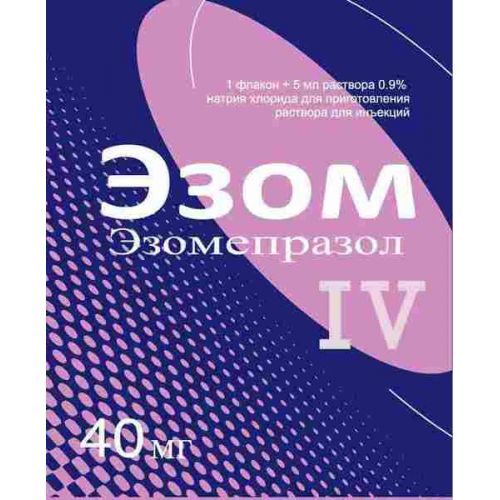
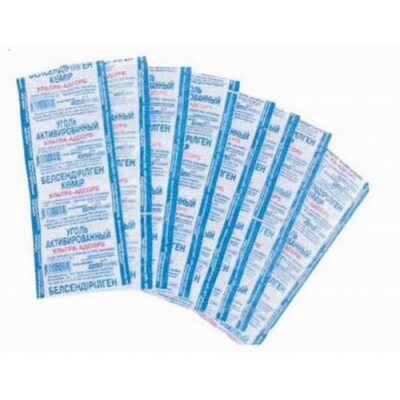
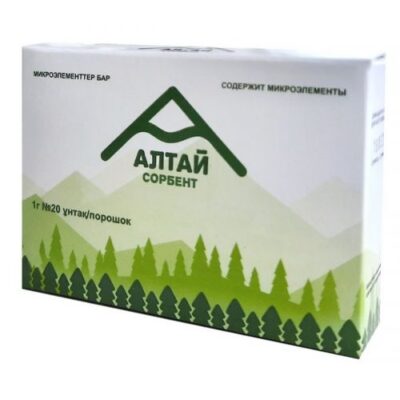
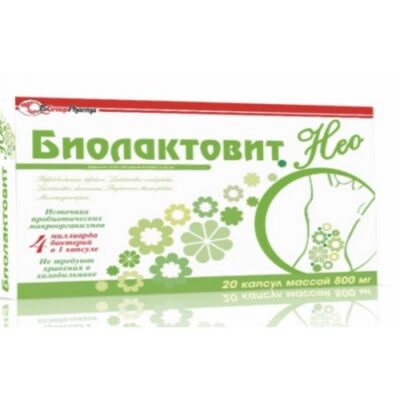
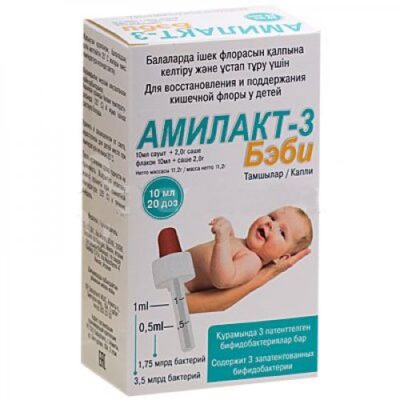
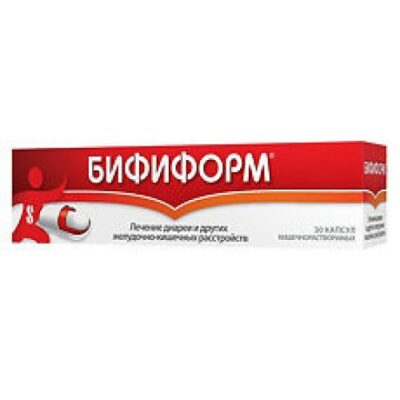
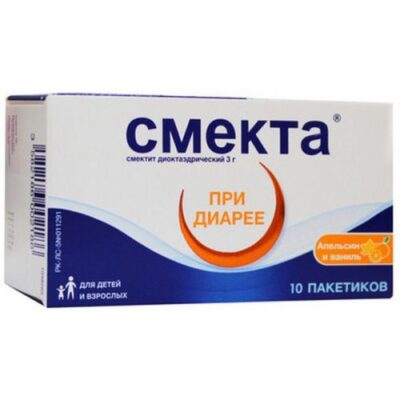
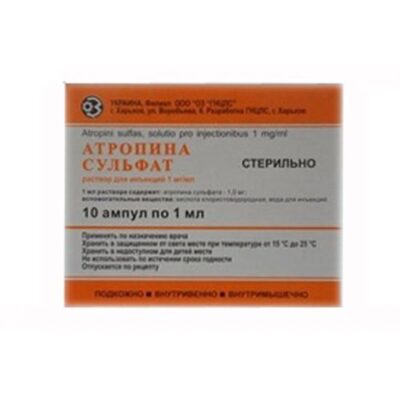
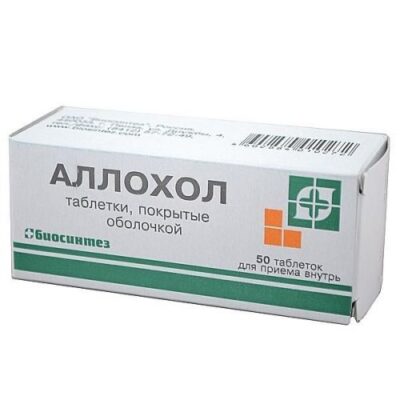
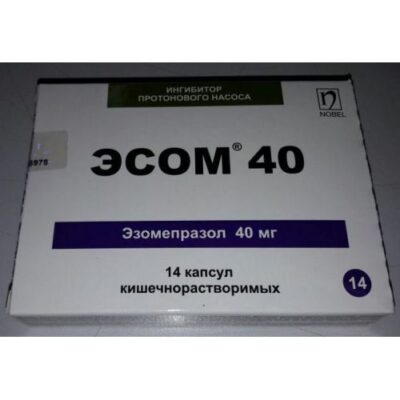
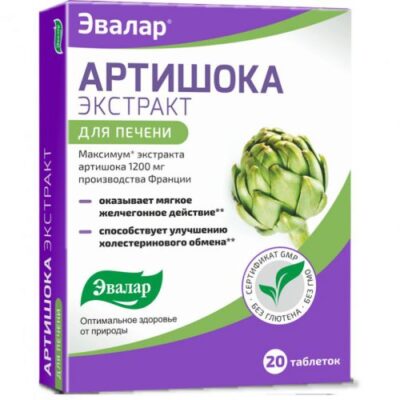






Reviews
There are no reviews yet.